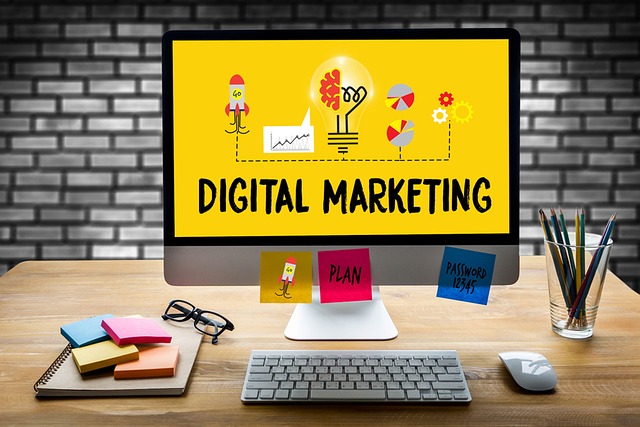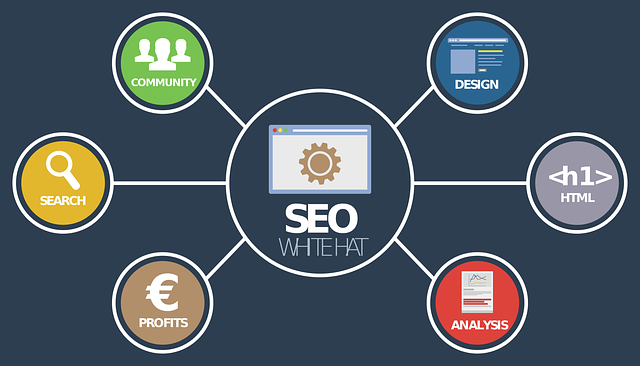In today’s digital landscape, consumers interact with brands across multiple channels, from social media and email to search engines and display advertising. As a result, marketers are faced with the challenge of reaching their target audience effectively and delivering a cohesive brand experience across various touchpoints. This is where cross-channel marketing integration comes into play, offering both benefits and challenges for savvy marketers looking to maximize their impact.

Understanding Cross-Channel Marketing Integration
Cross-channel marketing integration involves synchronizing marketing efforts across different channels to create a unified and seamless experience for consumers. Rather than treating each channel as a separate entity, integration allows marketers to leverage the strengths of each channel while ensuring consistency in messaging, branding, and customer experience.
Benefits of Cross-Channel Marketing Integration
Improved Customer Experience
By integrating marketing efforts across multiple channels, brands can provide a seamless and personalized experience for consumers. Whether a customer interacts with a brand via email, social media, or a website, they should encounter consistent messaging and branding, enhancing their overall experience and fostering loyalty.
Increased Reach and Engagement
Leveraging multiple channels enables brands to reach a wider audience and engage with consumers at various stages of the customer journey. For example, a prospect may discover a brand through a social media ad, visit the website to learn more, and eventually make a purchase after receiving a personalized email offer.
Enhanced Data Insights
Integration allows for the consolidation of data from different channels, providing marketers with a holistic view of customer interactions and behaviors. By analyzing cross-channel data, marketers can gain valuable insights into consumer preferences, purchase patterns, and campaign performance, enabling them to optimize their strategies for better results.
Optimized Marketing Spend
Integrating marketing efforts can lead to more efficient use of resources by eliminating duplication and ensuring that budget allocation is optimized across channels. By focusing on channels that drive the highest ROI and adjusting strategies based on cross-channel performance, marketers can maximize the impact of their marketing spend.

Challenges of Cross-Channel Marketing Integration
Data Silos and Fragmentation
One of the biggest challenges of cross-channel marketing integration is the fragmentation of data across different platforms and systems. Marketers often struggle to consolidate data from disparate sources and create a unified view of the customer, hindering their ability to deliver personalized and cohesive experiences.
Complexity and Coordination
Integrating marketing efforts across multiple channels requires coordination and collaboration across various teams and departments within an organization. From creative and content creation to campaign execution and analysis, ensuring consistency and alignment can be complex and time-consuming.
Technology Limitations
Many marketers face technological barriers when attempting to integrate marketing efforts across different channels. Legacy systems, incompatible platforms, and lack of integration capabilities can impede efforts to synchronize data and deliver seamless experiences for consumers.
Measurement and Attribution
Attribution modeling becomes more challenging in a cross-channel marketing environment, as consumers may interact with multiple touchpoints before making a purchase. Marketers must develop sophisticated attribution models to accurately measure the impact of each channel on conversion and ROI.
Conclusion
Despite the challenges it presents, cross-channel marketing integration offers significant benefits for brands looking to maximize their impact and engage with consumers effectively. By synchronizing marketing efforts across email, social media, search, and display advertising, marketers can create cohesive and personalized experiences that drive engagement, loyalty, and ultimately, conversions. While overcoming obstacles such as data fragmentation and technological limitations may require time and resources, the long-term benefits of integration make it a worthwhile investment for brands striving to stay ahead in today’s competitive landscape.










